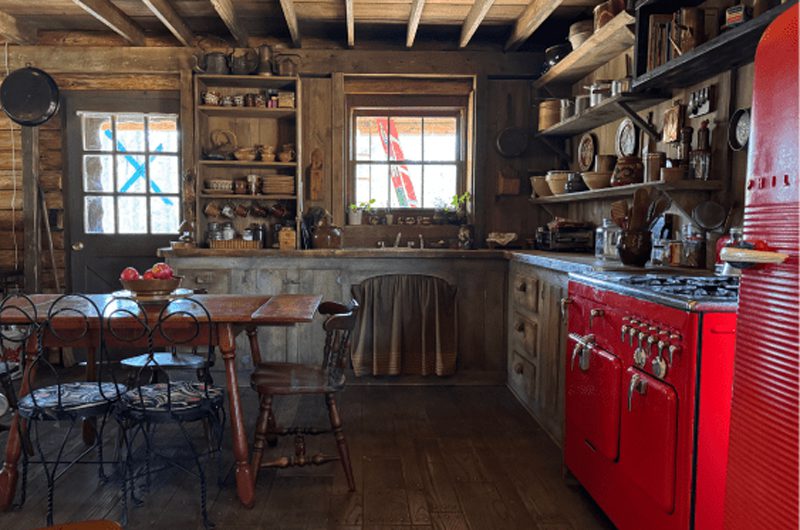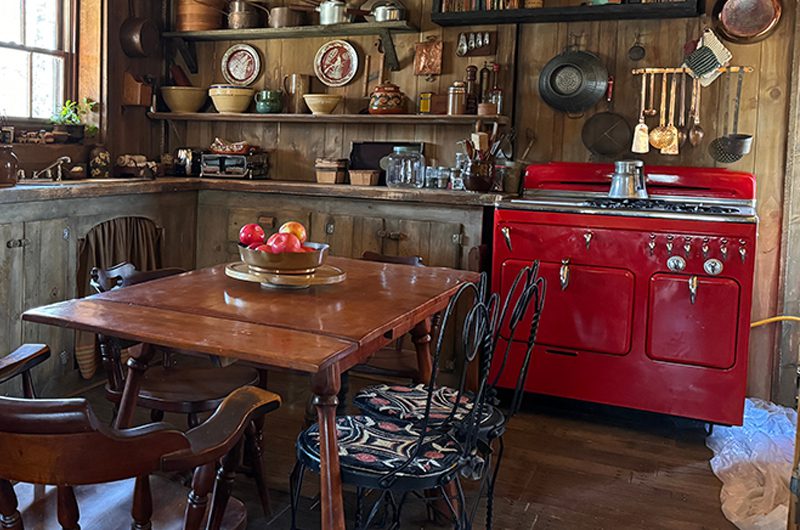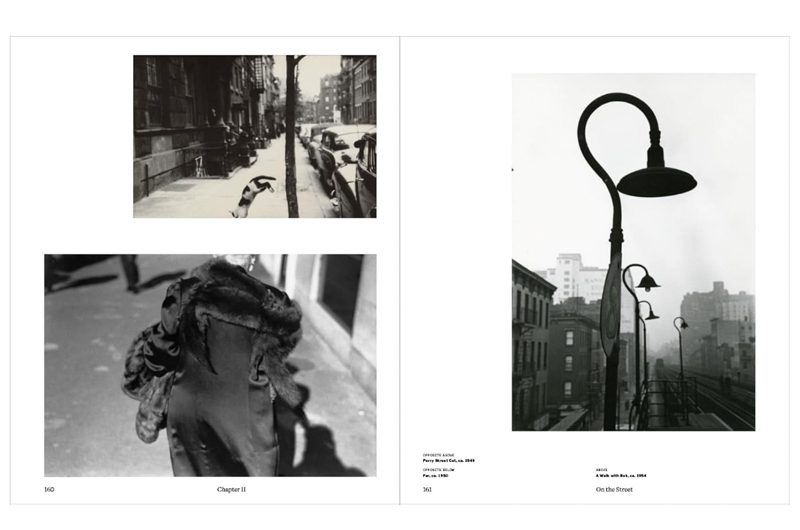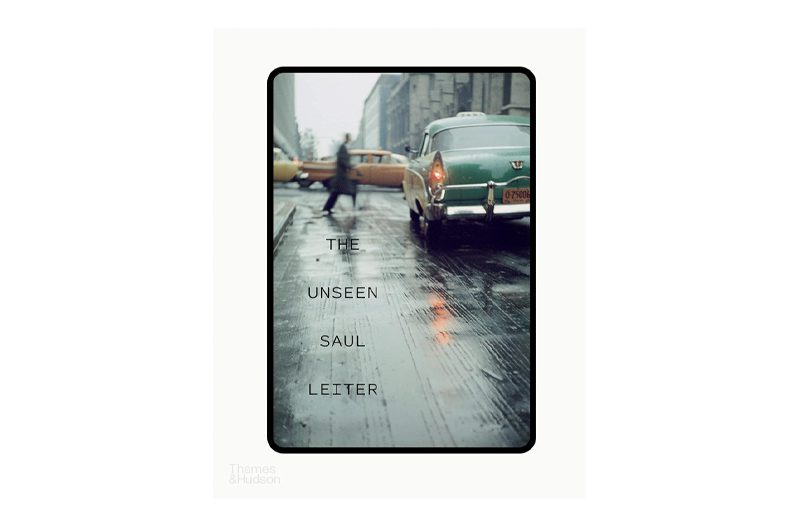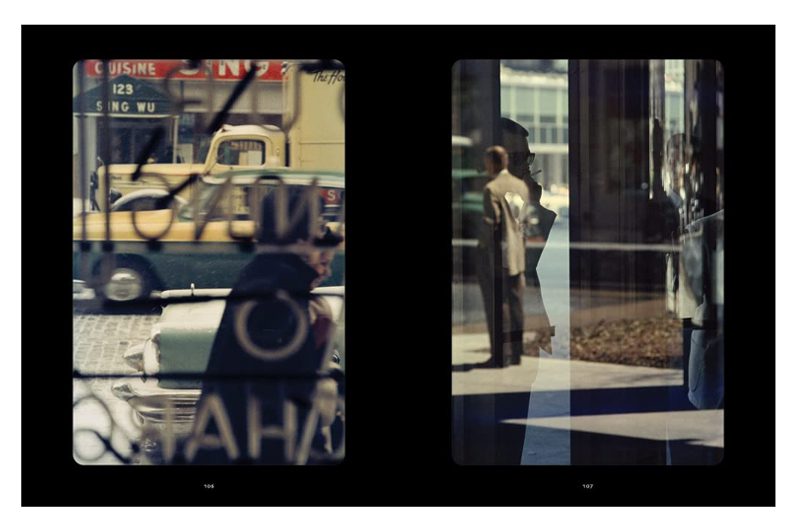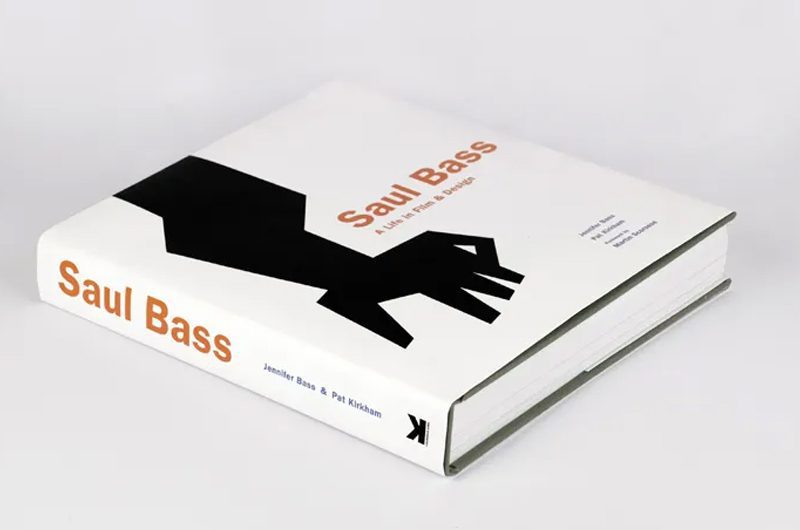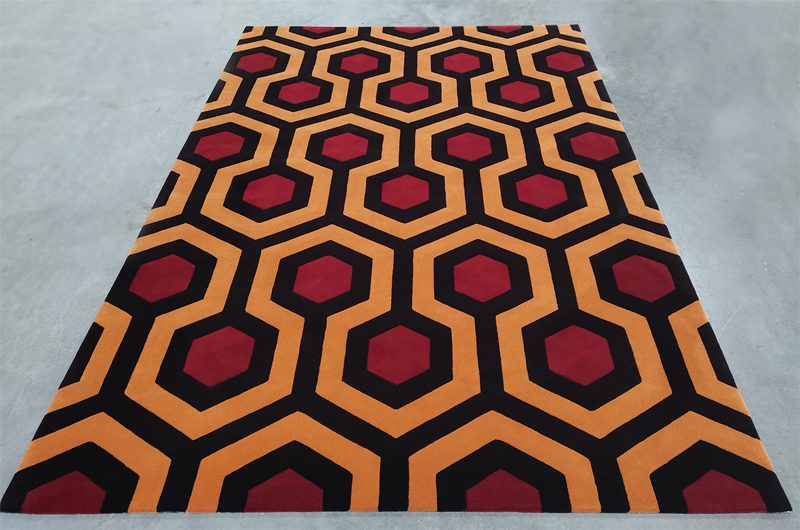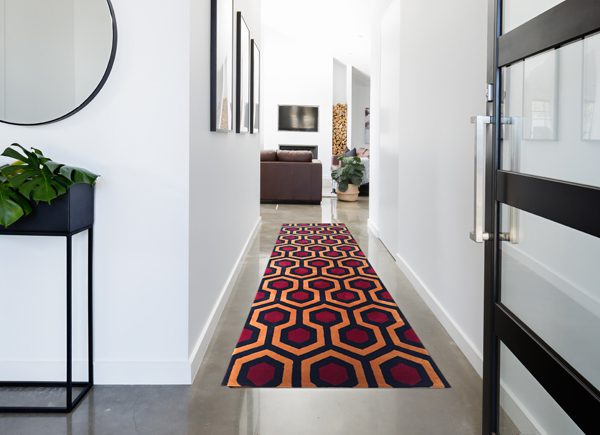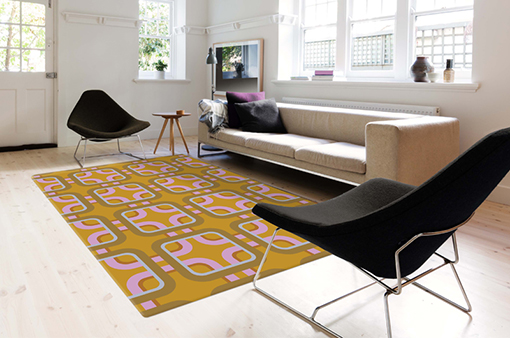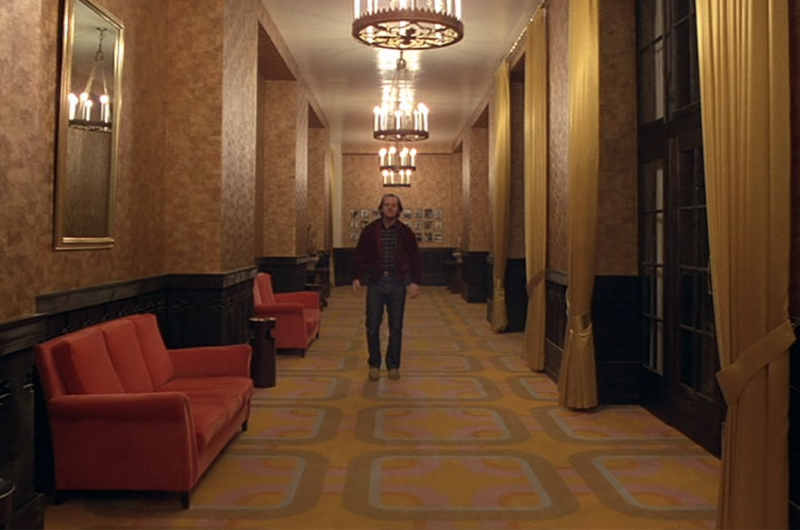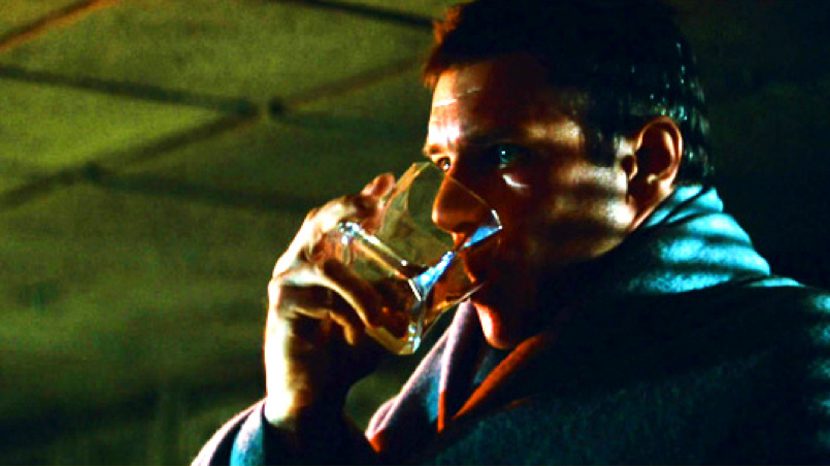The Film Sets of A Complete Unknown (Part 2): The Authentic Energy of an Era
A Complete Unknown explores a period in the 1960s when the cultural landscape of America was shaped by music, art, and the spirit of change. Directed by James Mangold and starring Timothée Chalamet as Bob Dylan, A Complete Unknown movie sets transport us to a pivotal era where these elements collided.
In Part 2 of our exploration, we dive deeper into the environments that defined Dylan’s early career, from the intimate atmosphere of Peter Seeger’s cabin to Joan Baez’s Mid-Century elegant house, Columbia Records and the iconic folk festivals that fueled a generation. For production designer François Audouy, recreating these landmarks wasn’t just about historical accuracy—it was about capturing the raw, authentic energy of an era that would forever alter the course of music and society.
Take a look at Part 1 here or read on. You can also watch the video interview below for more insights, or listen along on The Film and Furniture Podcast on Podbean, Spotify, Apple Podcasts, and all your favourite podcast platforms.
Peter Seeger’s Cabin: A Handcrafted Homage
A pivotal set in A Complete Known is Peter Seeger’s cabin, built by Seeger and his wife Toshi, and the set was designed to reflect their DIY ethos. Production Designer François Audouy notes, “Pete Seeger and his wife, Toshi, bought 10 acres of land in Columbia Valley and built that cabin log by log. It wasn’t perfect—it was a handmade home.”
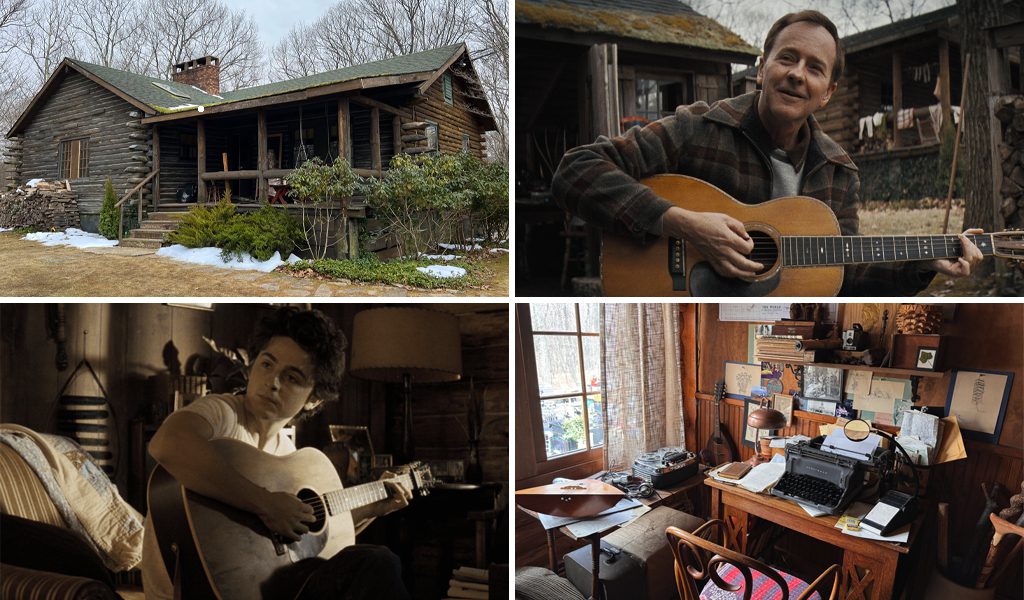
François worked to replicate this handmade feel, with mismatched chairs around the dining table and a purple fabric sofa adding to the charm: “The whole space had a work-in-progress vibe. Things were evolving, just like the folk music movement itself.”
The cabin set was created in a remote location near the Pennsylvania border, and François made sure to incorporate every detail that spoke to Seeger’s backstory. Edward Norton, who portrayed Seeger in the film, took the research process into his own hands. “Ed Norton really got involved. He visited the Seeger family cabin in person and met with the family to make sure we got the details right,” François recalls. “He even took photos to ensure we captured the essence of the space.”
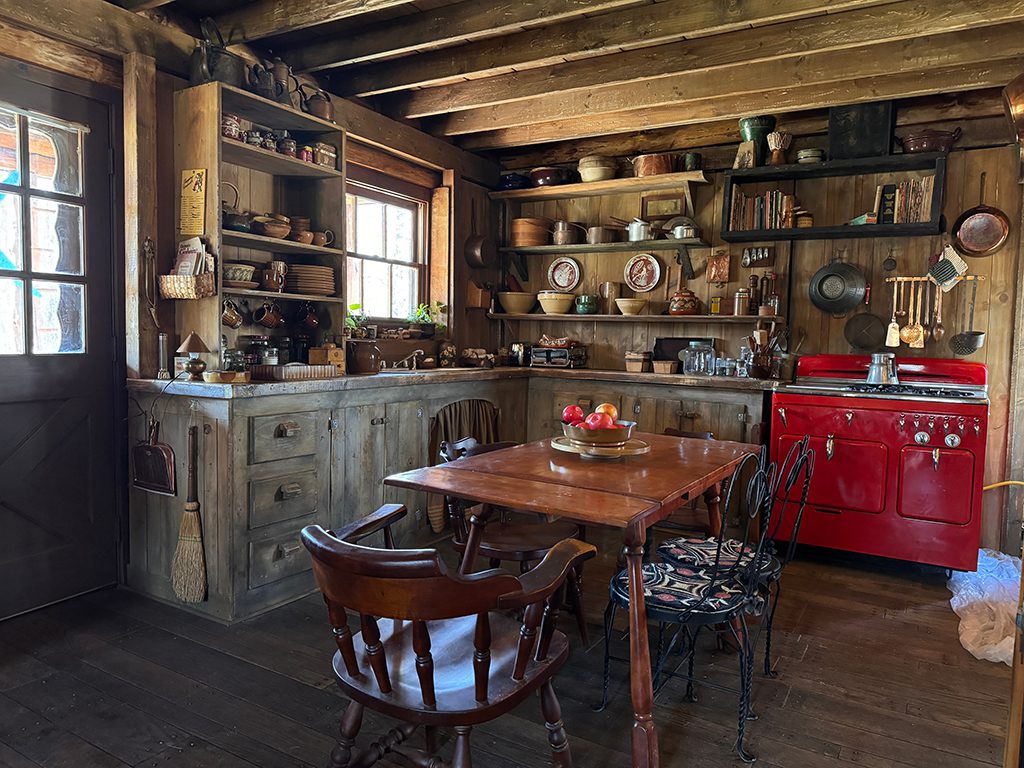
One of the most unique aspects of the cabin is its use of red appliances such as the red ovens/stove and red fridge, which Norton discovered during his research. “In speaking with Ed and the Seeger family, we found out that they had these bright red appliances in their kitchen. It became this sort of funny, personal detail for the family, something they referred to as ‘commie red’!,” François explains. “We sourced a 1950s red enamel stove and matching refrigerator. It was one of those details that might seem small, but it made the space feel real. The red was a very late addition to the film’s palette, but it was one of those happy discoveries that added so much personality to the space.”
François also took steps to ensure the set felt as real as possible for the cast and crew. “I wanted the cabin to feel grounded, warm—just like Pete himself. It was a space of inspiration and creativity,” he says. To enhance the atmosphere even further, François prepared a meal in the cabin kitchen. “I actually cooked an Italian bolognese the night before,” he shares. “I wanted the set to feel lived-in, so I made sure it smelled like real food—garlic, onions, tomato sauce. It helped immerse the actors and crew into the experience.”
Joan Baez’s House: Mid-Century Elegance Meets Bohemian Spirit
The film also explores the home of Joan Baez, a key figure at the forefront of the folk movement, portrayed by Monica Barbaro. Baez’s influence on Bob Dylan and the folk music scene is central to the narrative, and her home is depicted as a reflection of her sophisticated yet bohemian lifestyle. “Joan was a very cool lady,” François recalls. “She was ahead of her time, and her home was a reflection of that.”
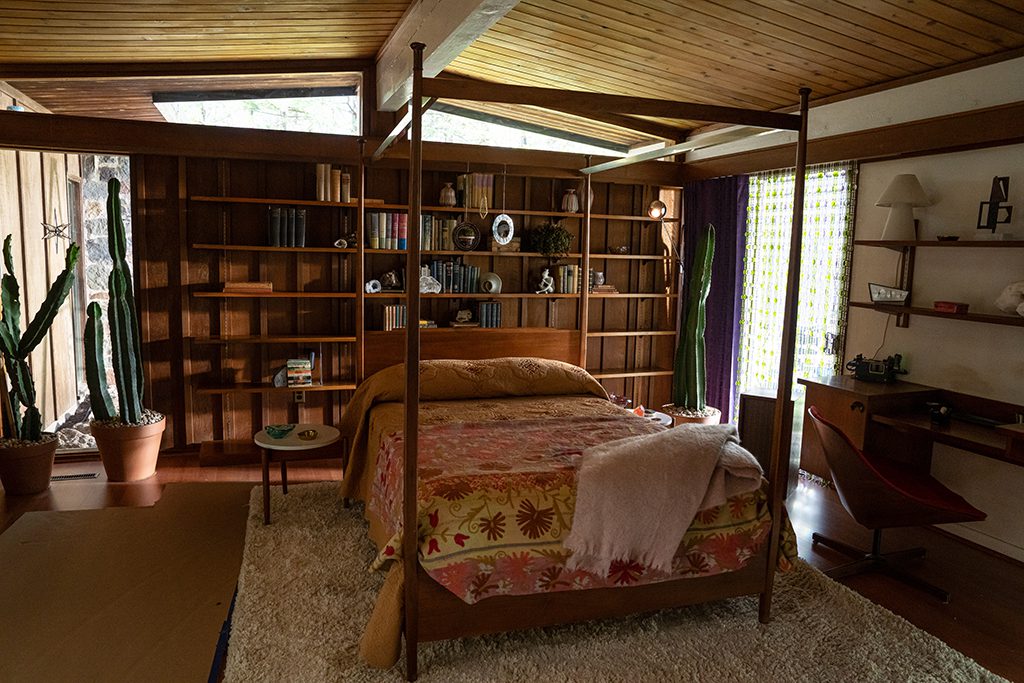
For Baez’s house, François recreated a mid-century modern style using elements such as beaded curtains and a four-poster bed. The sunken living room, with its warm wood paneling, was designed to exude comfort and creative energy. François worked hard to make the space feel like a true home—both stylish and lived-in. “Joan had a green Jaguar convertible in the driveway, and we wanted to make sure her home reflected that—classy, cool, and definitely hip,” François notes.

The blend of mid-century modern design with Baez’s earthy, artistic spirit created a unique atmosphere that was both elegant and approachable.
Book Breakout
Saul Leiter and other influential photographers of the time such as Tod Papageorge, we’re an important influence on the look and feel of A Complete Unknown – the film about Bob Dylan’s rise to fame in the early 1960s.
-
Saul Leiter: The Centennial Retrospective (photography book)
As seen in:Director: James Mangold
Shop NowSaul Leiter and other influential photographers of the time such as Tod Papageorge, we’re an important influence on the look and feel of A Complete Unknown – the film about Bob Dylan’s rise to fame in the early 1960s.
-
The Unseen Saul Leiter
As seen in:Director: James Mangold
Shop NowSaul Leiter was an important influence on the look and feel of A Complete Unknown – the film about Bob Dylan’s rise to fame in the early 1960s. The book The Unseen Saul Leiter airs the first sightings of newly discovered work from Saul Leiter’s abundant archive of colour slides.
-
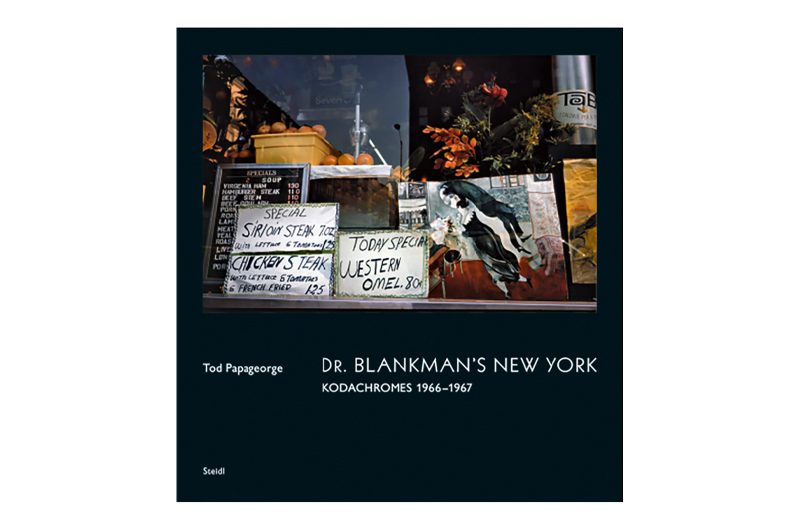
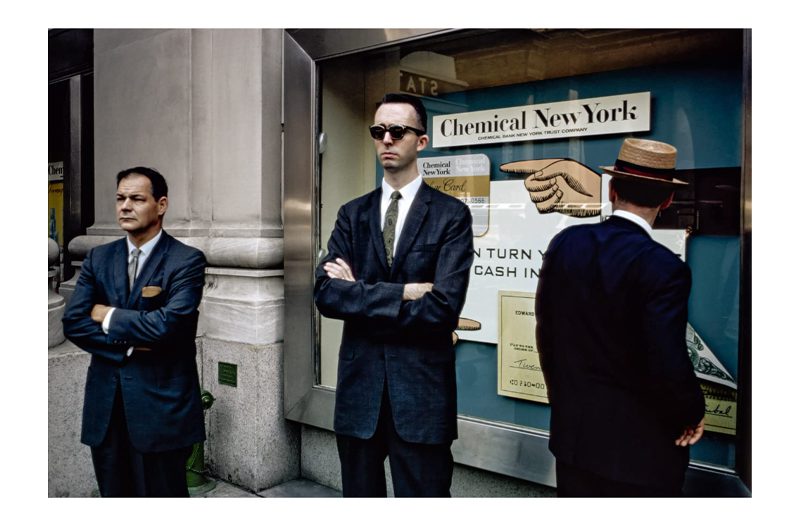
Tod Papageorge: Dr. Blankman’s New York: Kodachromes 1966–1967
As seen in:Director: James Mangold
Shop NowTod Papageorge and other influential photographers of the time such as Saul Leiter, we’re an important influence on the look and feel of A Complete Unknown – the film about Bob Dylan’s rise to fame in the early 1960s.
Columbia Records: The Heart of the Music Industry
Columbia Records plays a crucial role in showcasing the transformation of Dylan’s career in A Complete Known. For the exterior of the iconic Columbia building, with its sleek Art Deco frontage, François and his team found a perfect location in Newark, where they recreated the grandeur of the building’s brass doors and historic features. “We found this beautiful Art Deco building and dressed the entire street,” François recalls. “When you walk through those doors, you’re transported into this world of music history.”
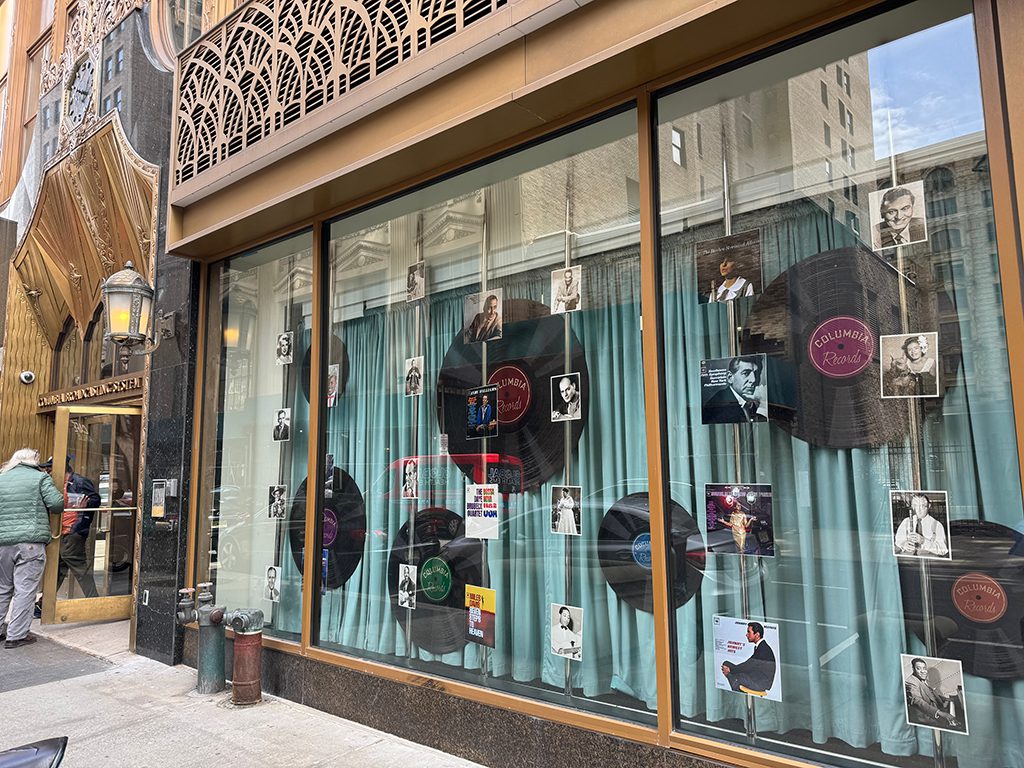
Inside, the set transitions into Columbia’s famous Studio A, where Dylan recorded many of his early albums. The team worked to replicate the space down to the smallest detail, from the vintage microphones to the hardwood floors. “It was a very immersive experience,” François notes. “We wanted the audience to feel the same sense of reverence for Studio A that musicians had when recording there.”
As a music lover himself, François knew the importance of capturing the authenticity of the recording environment. He explains, “We used real period instruments and microphones because they had their own distinct sound. When we recorded the songs live on set, we wanted to capture that sound, that feeling of being in a real studio.”
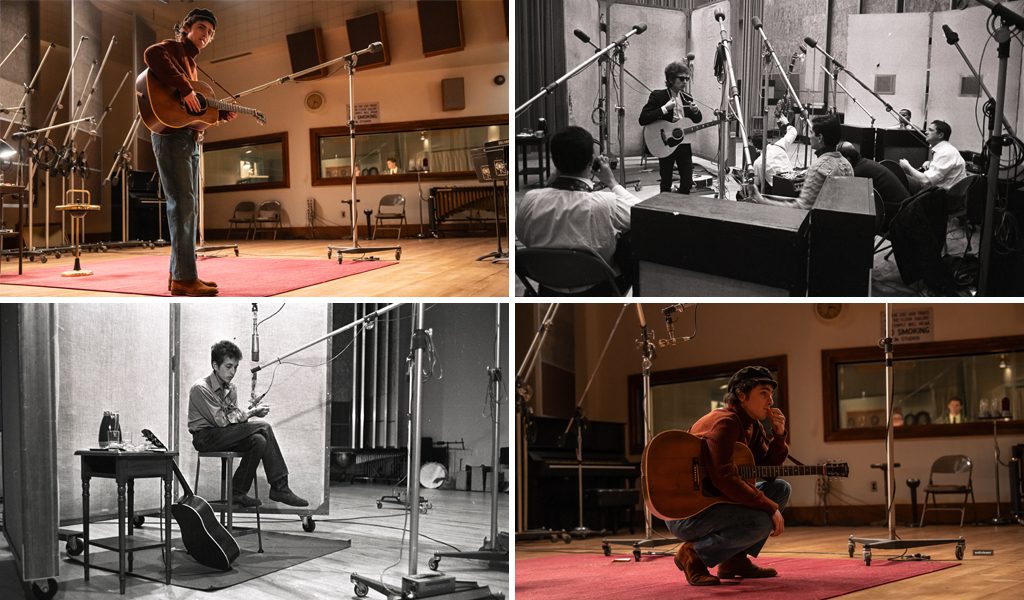
The recreation of Columbia Records’ interior was not just about accuracy—it was about immersing the audience in the history of music and the place where iconic artists like Simon & Garfunkel and Miles Davis once recorded.
The Monterey and Newport Folk Festivals: Low-Fi and Authentic
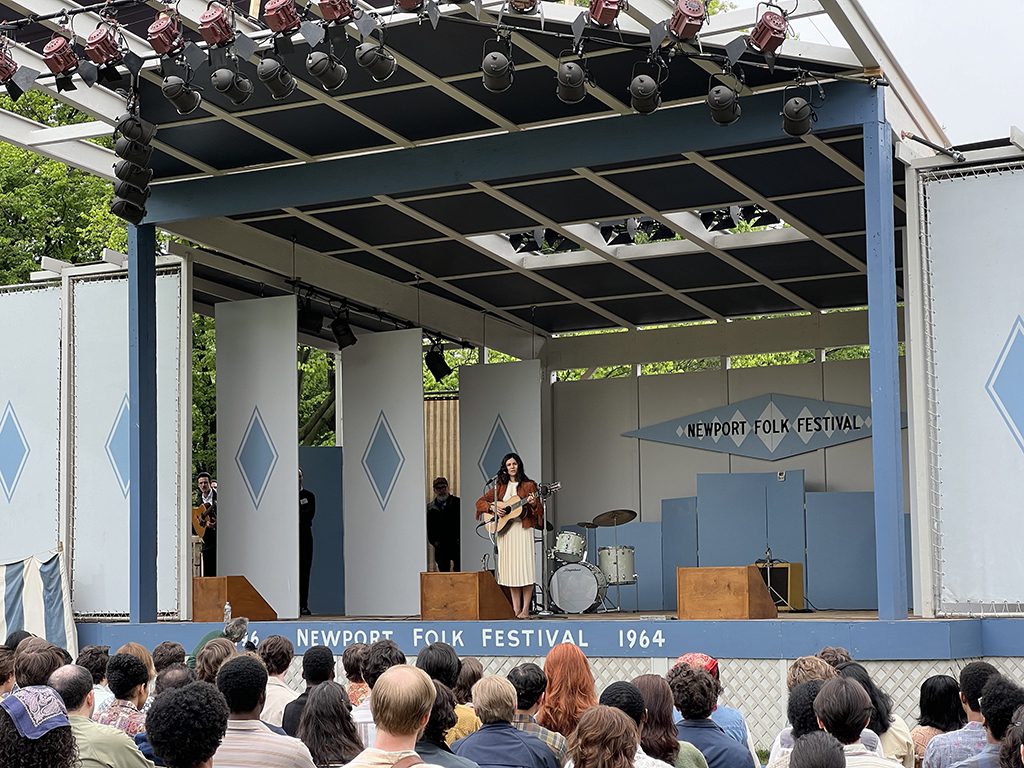
The film’s depiction of both the Monterey and Newport Folk Festivals captures a sense of raw, low-fi authenticity central to Dylan’s early career. “This was the beginning of amplified concert sound,” François explains. “It was a time before corporate sponsorship, and everything felt more accessible, more intimate.” These festivals, pivotal to the folk music movement, were characterised by their simplicity and community-driven spirit—qualities that François was eager to recreate. “We had to capture that feeling of being close to the stage, surrounded by other concertgoers, in a way that felt raw and real,” he says.
Take a look at Part 1 of our deep dive into A Complete Unknown movie sets where we cover:-
• The Greenwich Village Influence: Streets and Small Venues
• Designing Bob Dylan’s Apartment: A Time Machine to 1961
• Layered Street Scenes and Signage: Handcrafted History
• The Village Folk Scene
This feature is FREE to Classic members.
Join our newsletter community to receive Film and Furniture inspiration direct to your inbox and we’ll UPGRADE you to Classic Membership (which includes access to our exciting giveaway draws) for FREE.
To access in-depth features, video interviews, invitations to pre-release film screenings, major exhibitions and more, become a Front Row or Backstage member today!



